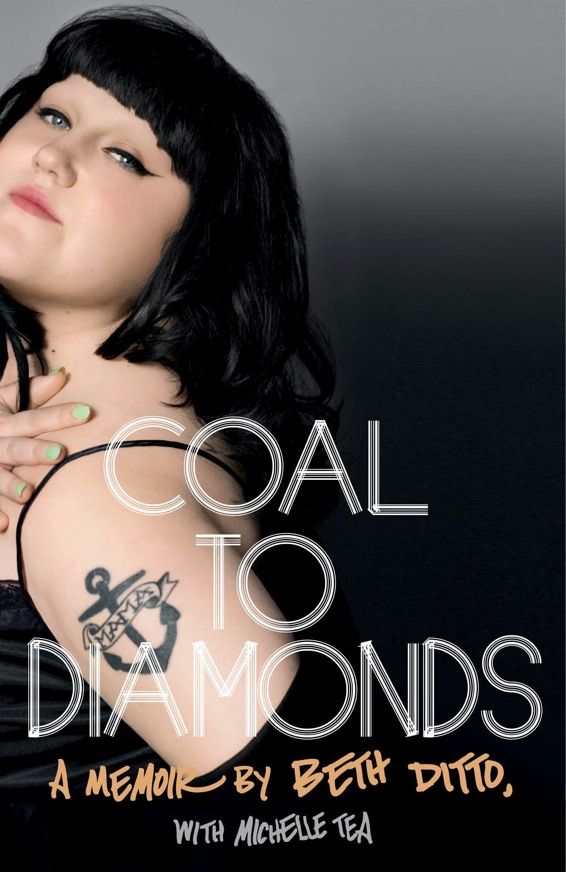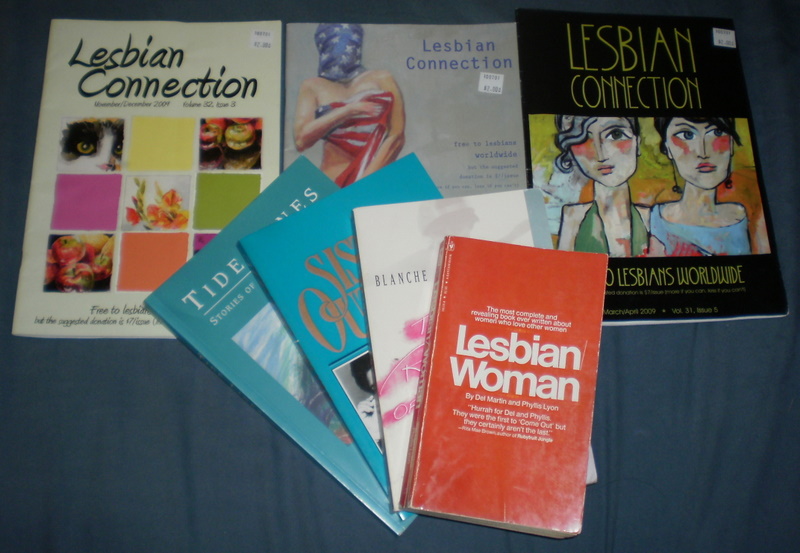I was lucky enough to be one of the judges for this year’s ILA GLBTQ section. Before we select the winner, I’d like to post some of my thoughts on the lesbian entry.
[Cover redacted due to cutting scars that might be triggering]
Scars is actually the only nominee with a lesbian protagonist. But that’s definitely not the main issue in Scars. This novel is mostly about being raped as a child and cutting to deal with the pain. It is not an easy book to read. I had to put it down at times because of the graphic details of her cutting, though that’s not a complaint. I struggled with how I felt about this book, because on the one hand it seemed very, very dramatic, especially at the end. (She is being stalked by her childhood rapist, whose identity she has blocked out, leaving every adult male in her life a possible suspect.) On the other hand, I don’t know how this story could have been told without seeming dramatic, and it’s a story worth telling. I really liked some of the secondary characters, especially her girlfriend (and her therapist, who I’m glad is described positively).
Have you read any of the finalists? What did you think of it?

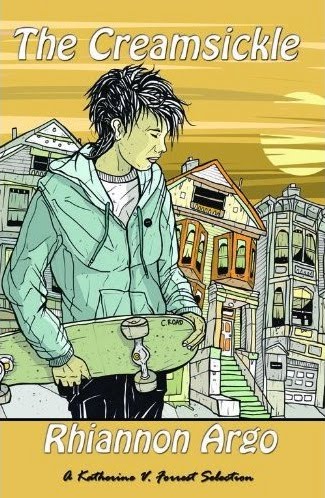
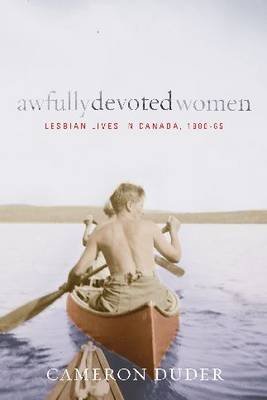
 eautiful the Ordinary: Twelve Stories of Identity edited by Michael Cart was reviewed at
eautiful the Ordinary: Twelve Stories of Identity edited by Michael Cart was reviewed at 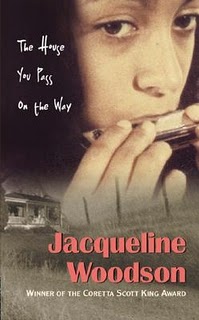



 edited called Persistence: All Ways Butch and Femme, which now has
edited called Persistence: All Ways Butch and Femme, which now has 
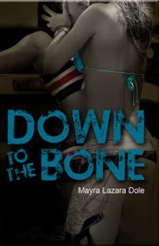
 reading. I’m not entirely sure whether that was a positive or negative for me. Not only do a lot of things happen in the book (which I like), but they all happen very quickly. There’s not really any room to absorb what’s happening. Of course, if she had spaced out the action, it would be a very, very long book.
reading. I’m not entirely sure whether that was a positive or negative for me. Not only do a lot of things happen in the book (which I like), but they all happen very quickly. There’s not really any room to absorb what’s happening. Of course, if she had spaced out the action, it would be a very, very long book. Danika: Ooh, I’d like to re-read it with that in mind. Fascinating.
Danika: Ooh, I’d like to re-read it with that in mind. Fascinating.